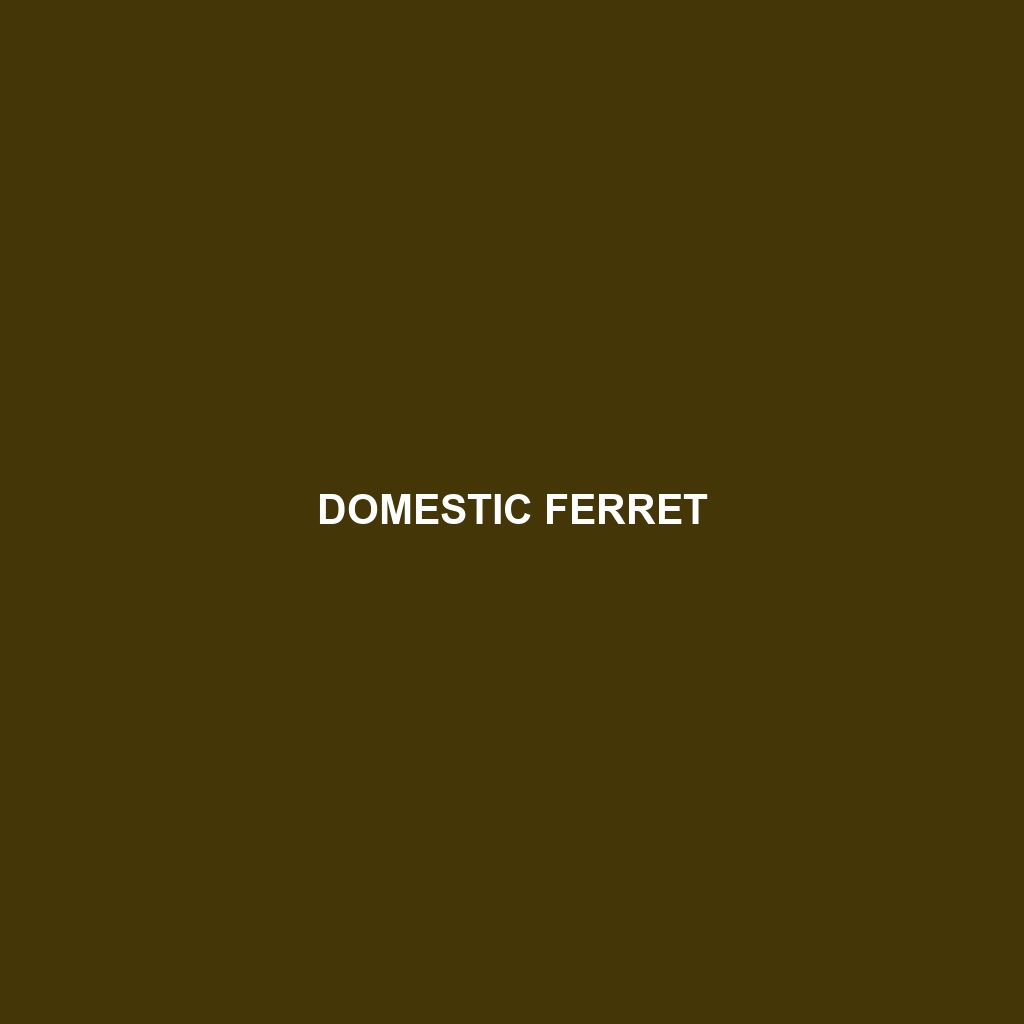Steppe Polecat (Common Name)
Common Name: Steppe Polecat
Scientific Name: Mustela eversmanii
Habitat
The Steppe Polecat is primarily found in the vast grasslands and steppes of Central Asia and Eastern Europe, particularly in countries such as Kazakhstan, Mongolia, Russia, and parts of Ukraine. They thrive in open, arid environments, favoring areas with abundant burrowing animals, which provide both shelter and food sources.
Physical Characteristics
Steppe Polecats are medium-sized members of the weasel family, measuring around 50 to 65 centimeters (20 to 26 inches) in length, excluding the tail. Their fur is typically a rich, dark brown color with lighter underparts. They possess a slender build, a pointed snout, and small, rounded ears. One of their defining features is the pronounced black mask that surrounds their eyes, adding to their distinctive appearance.
Behavior
These polecats are primarily nocturnal and exhibit a range of behaviors that are intriguing to observe. Steppe Polecats are known for their playful antics and can often be seen frolicking and engaging in social interactions. They are also highly territorial and use scent marking to establish their presence in their habitats. When threatened, they exhibit a unique defensive posture by arching their backs and puffing up their fur.
Diet
Steppe Polecats are carnivorous and have a diet mainly consisting of small mammals, such as rodents and rabbits. They are skilled hunters, often employing a strategy of ambush to catch their prey. In addition to mammals, they may also consume birds, insects, and the occasional reptile, demonstrating their adaptability in varying food availability.
Reproduction
The breeding season for Steppe Polecats typically occurs in spring, with females giving birth to a litter of about 4 to 6 kits after a gestation period of approximately 35 days. The kits are born blind and helpless, relying on their mother for nourishment and protection during the early weeks of life. Maternal care is crucial during this stage as the mother teaches the kits essential survival skills.
Conservation Status
The Steppe Polecat is currently listed as ‘Least Concern’ by the IUCN; however, local populations may face threats from habitat loss and hunting. It is essential to monitor their status and implement conservation measures to ensure their survival, particularly in regions where they are at risk.
Interesting Facts
One fascinating fact about the Steppe Polecat is their ability to climb trees, a trait not commonly associated with mustelids. This skill assists them in foraging for food and escaping potential predators. Additionally, they have a specific vocalization that resembles a “churr,” which they use for communication within their social groups.
Role in Ecosystem
Steppe Polecats play a vital role in their ecosystem as both predators and prey. They help control rodent populations, which can become problematic if left unchecked. Moreover, they serve as an important food source for larger carnivores, contributing to ecological balance and biodiversity within their habitats.
